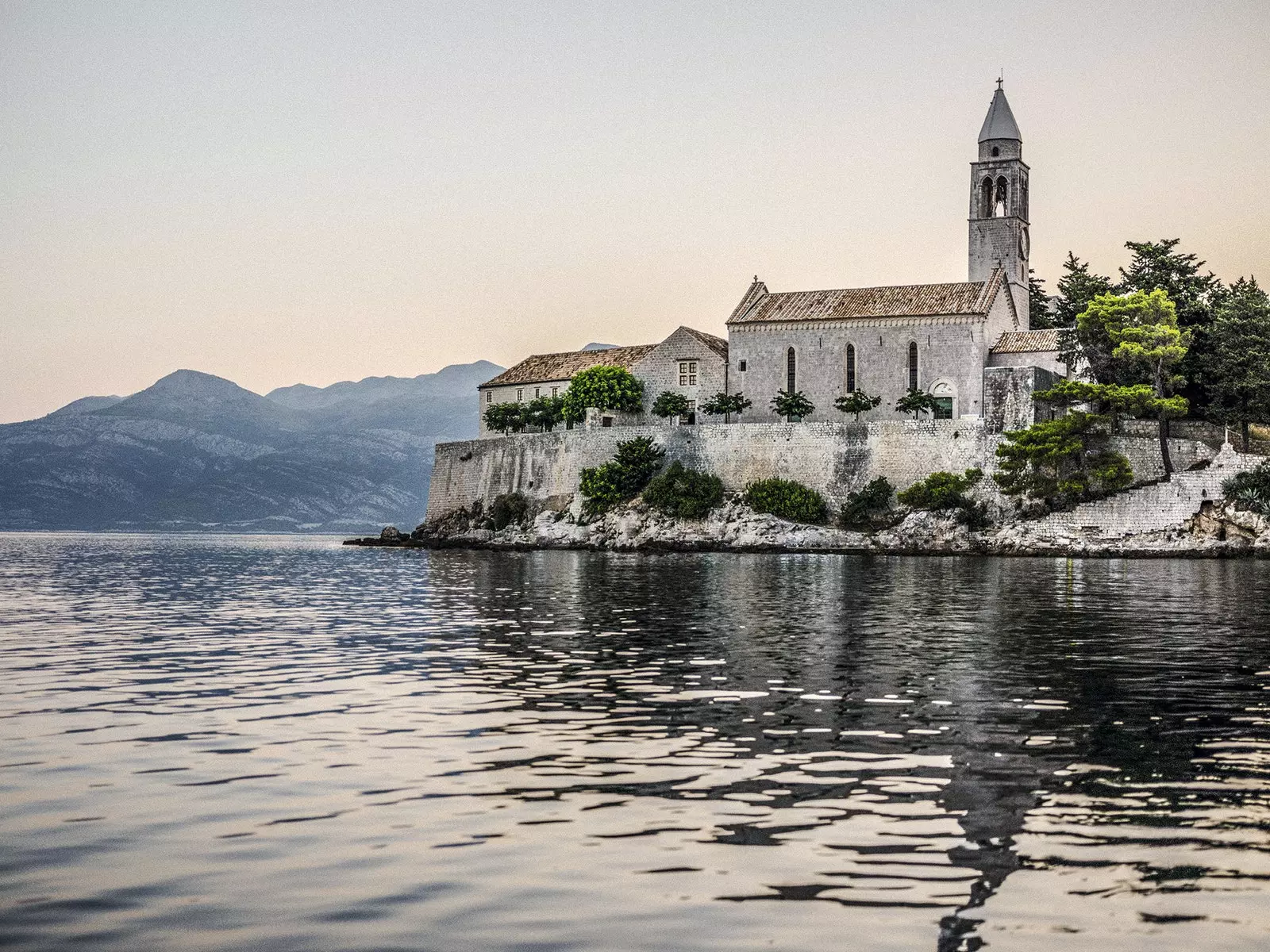
Twenty years restoring a 15th century monastery where you can now stay
A Frank Gehry determined that you buy the ruins of an abandoned monastery and take your time, as much as you need, to restore it, It is the beginning of a good story. Especially if the protagonist, the one who ultimately buys the monastery and spends the next twenty years dedicated body and soul to restoring it, is Francesca Thyssen-Bornemisza, Baron Thyssen's eldest daughter and his third wife, model Fiona Campbell-Walter, creator of the TBA21 foundation and fourth generation in one of the most important sagas of art collectors in the world.
And so this story begins with Frank, his wife Berta, Francesca and Father Pio Mario, head guardian of the Franciscan order in Dubrovnik, in a boat for archipelago of the Elaphiti on the way to the little island of Lopud (inhabitants: 200; cars: none), where the monastery of Our Lady of the Cave, abandoned since 1822.
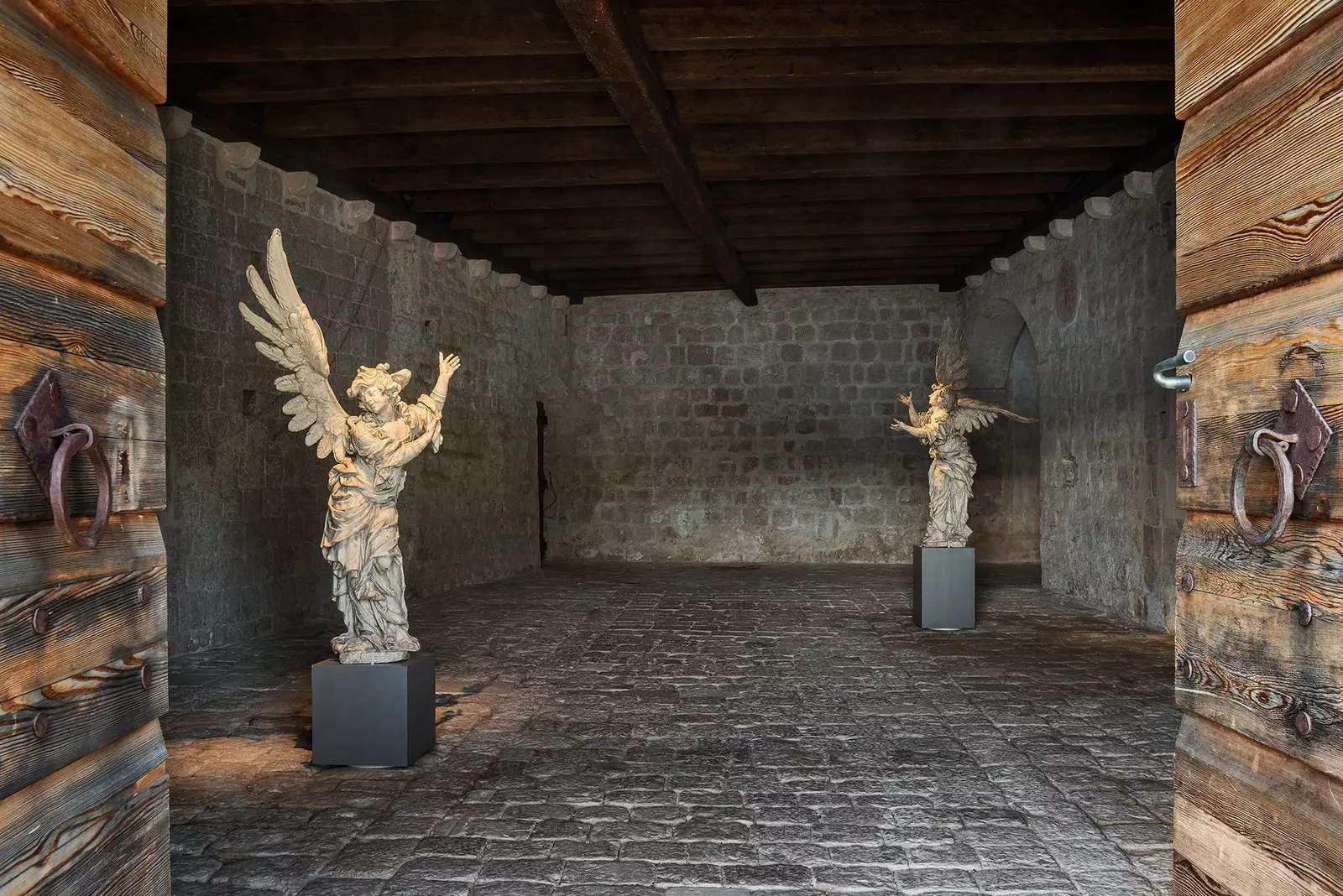
Art pieces from the former residence of Baron Thyssen
Francesca had already had her eye on him a decade earlier, in the early 1990s, when she moved to Dubrovnik, then in the midst of balkan War, with the mission of protect the Renaissance treasures of Croatian churches. She had been in love with this place ever since.
In the two decades that have passed since the boat scene and today, the old monastery has been transformed into Lopud 1483, a unique residence in the world that is for rent – whole and for a minimum of three nights between June and September, and for suites in May and October– so that you have the opportunity to enjoy a true collector's holiday.
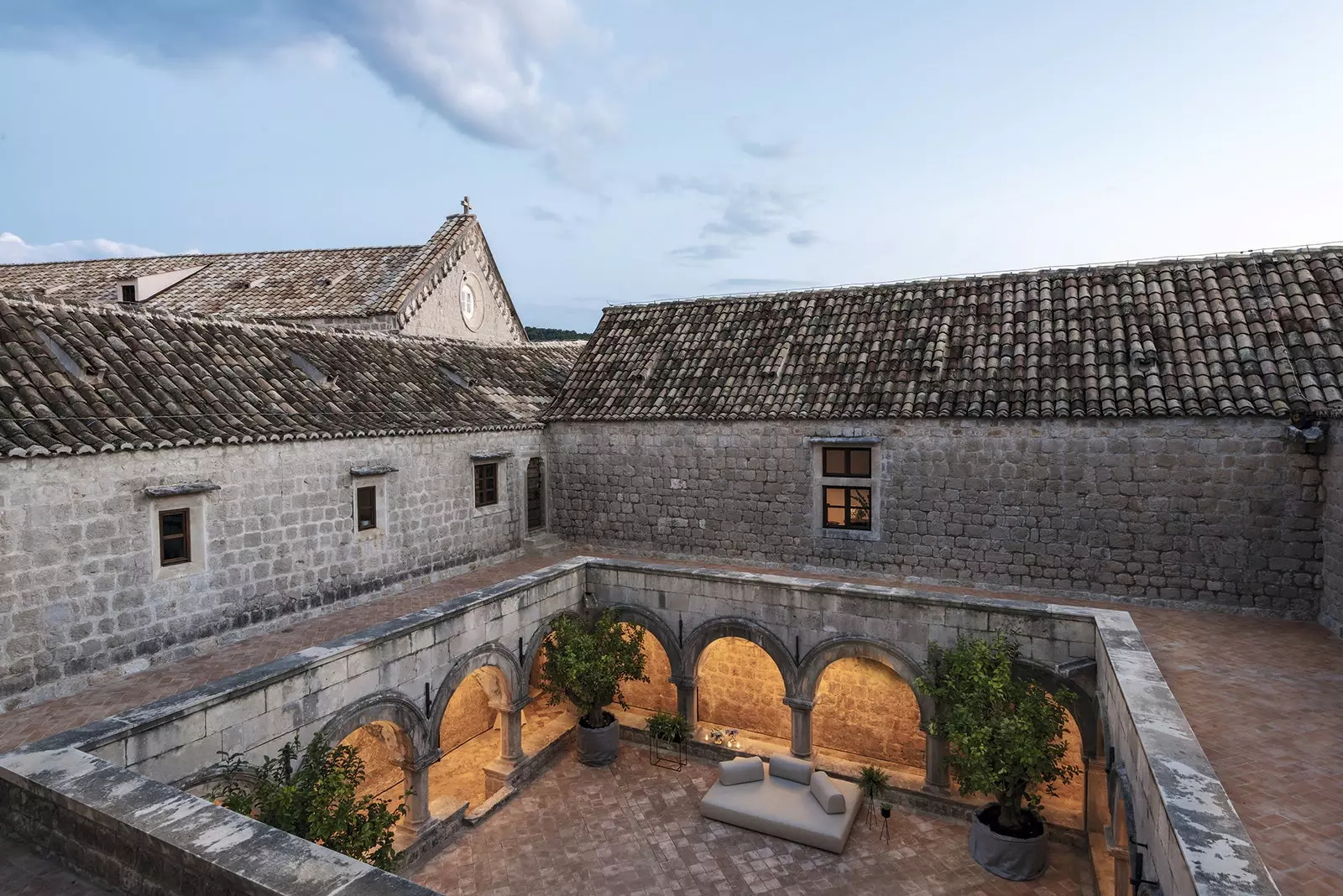
The cloister, designed for contemplation
But let's not go too fast, in all this time there have been many exploits. The first was the reconstruction of the building and the fortress that protects it. “The Dubrovnik region is on a seismic fault, so it was my responsibility that the restoration met the highest engineering standards”, Francesca tells us. For this she contacted Professor Fritz Wenzel whom she had met in 1995 during the restoration of the Hagia Sophia in Istanbul. “His interventions of his are invisible even to the most trained eye. What they did in Lopud was a miracle."
The second, the transformation of the interiors and strike a balance between the spiritual resonance of a sacred space and the comforts one would expect to find in the home of one of the world's greatest fortunes. They took care of it Paola Lenti, who also signs part of the furniture, and Rujana Marković, a brilliant architect from Studio Markovic in Zagreb, who converted the twelve small monks' cells into five generous suites.
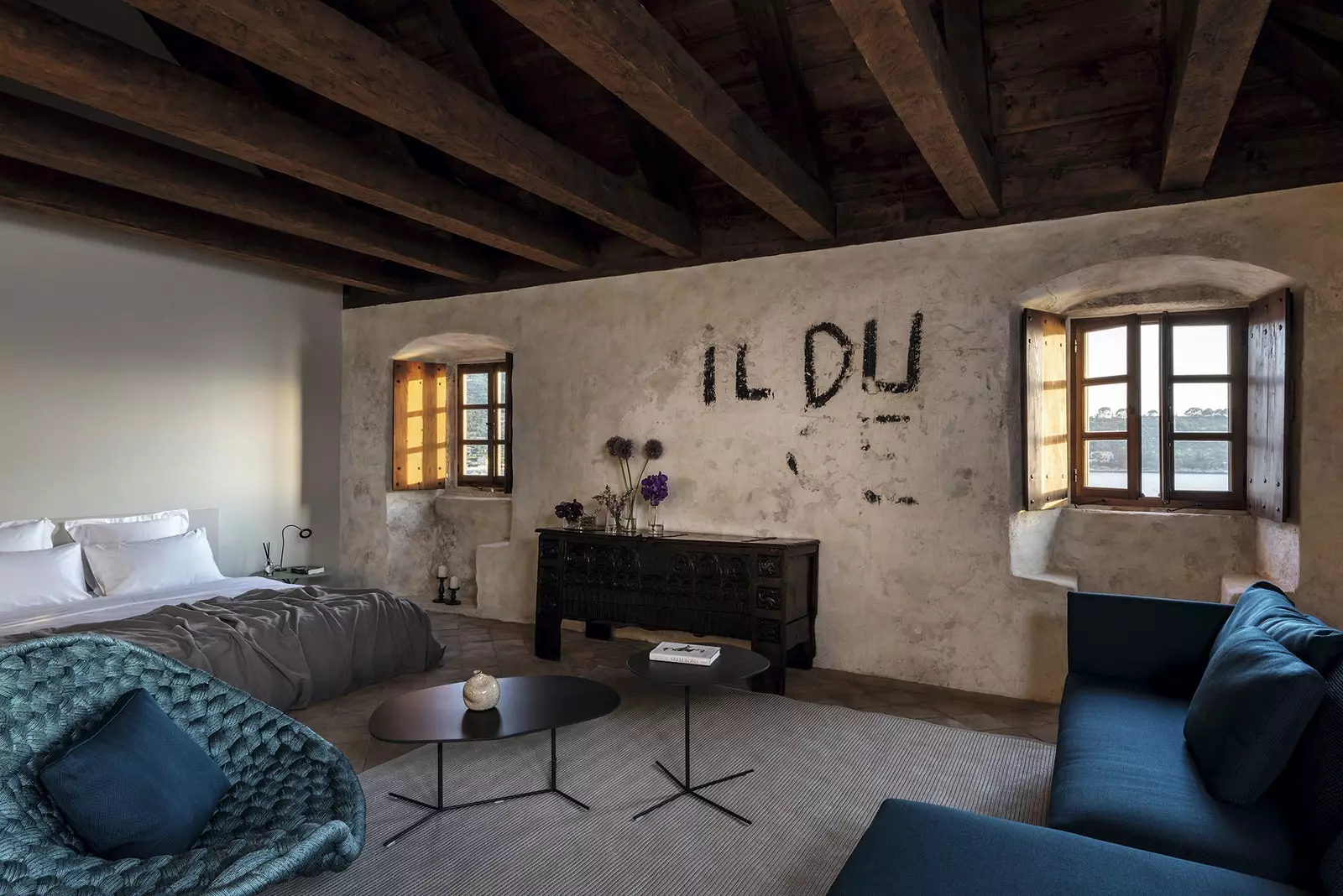
The 12 monks' cells have been converted into five generous suites
Then Francesca filled it with art and life. “The restoration of historic buildings is not limited to their structure, but extends to their future use”, she assures us she. The private collection of the Thyssen-Bornemisza family, which ranges from the s. XIII to the present, it is, after that of the British Crown, the largest in the world, and many of the works that Lopud treasures today 1483 are presented to the public for the first time.
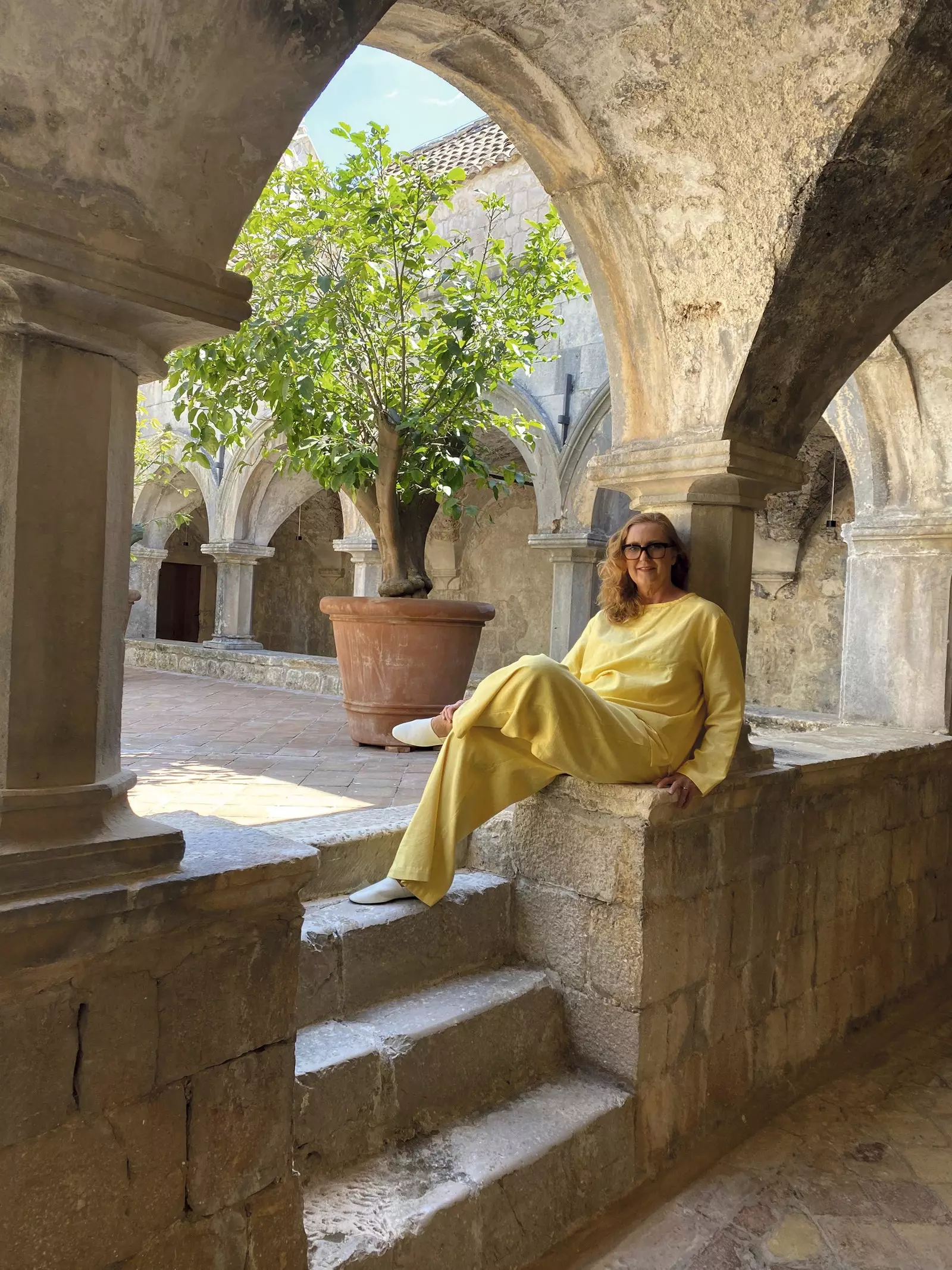
Francesca Thyssen posing at the croatian ella sanctuary
Before, they decorated Villa Favorita, the palace where the baron and Carmen Thyssen lived in Lugano. What the two carved wood angels flanking the entrance or the walnut table of the old refectory, dating from 1550, in which the baron held his social dinners. Renaissance and Gothic furniture, chalices, chests... and paintings, many paintings, and photographs, like the one made by Thomas Struth in the chambers of Raffaello, in the Vatican.
Also there is contemporary art, Of course, pieces from the personal collection of Francesca and others commissioned by TBA21 some of the most prominent artists on the current scene. Olafur Eliasson , for example, carried out in situ, while the reform work was being carried out, a lighting work that was presented at the 2007 Venice Biennale and that today is shown in a pavilion designed by David Adjaye within walking distance of the property.
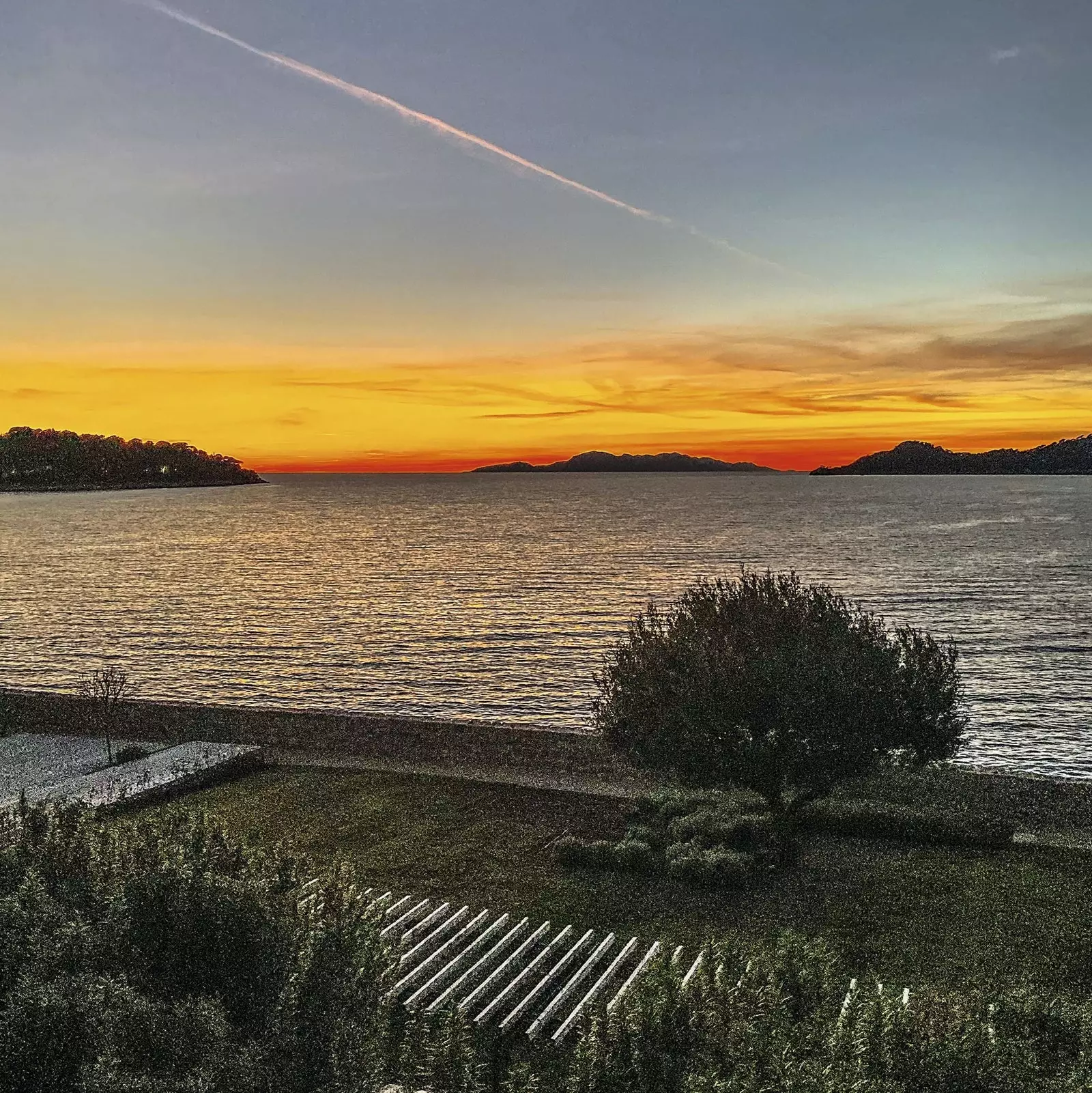
Medicinal garden of the monastery
For Francesca the most special work is a tapestry from the s. XV that her father loved. In it, a French king is seen sitting in his magnificent garden, surrounded by botanical species. Lopud's is also unique in its kind. “We have a garden of medicinal plants and an apothecary who rescues the botanical knowledge of the monks and a sacred garden designed by Asa Andersson, a Sami shaman with whom I have worked on numerous projects, to heighten the senses and complete the healing experience. I want to harness that energy to host retreats this coming year.”
Because Lopud 1483 is a living place. "Frank Gehry told me that with buildings like this you have to get to know them in depth, have a relationship with them, And that's just what I'm doing."
*This report was published in the number 141 of the Condé Nast Traveler Magazine (September) . Subscribe to the printed edition (11 printed issues and a digital version for €24.75, by calling 902 53 55 57 or from our website). The September issue of Condé Nast Traveler is available in ** its digital version to enjoy it on your preferred device. **
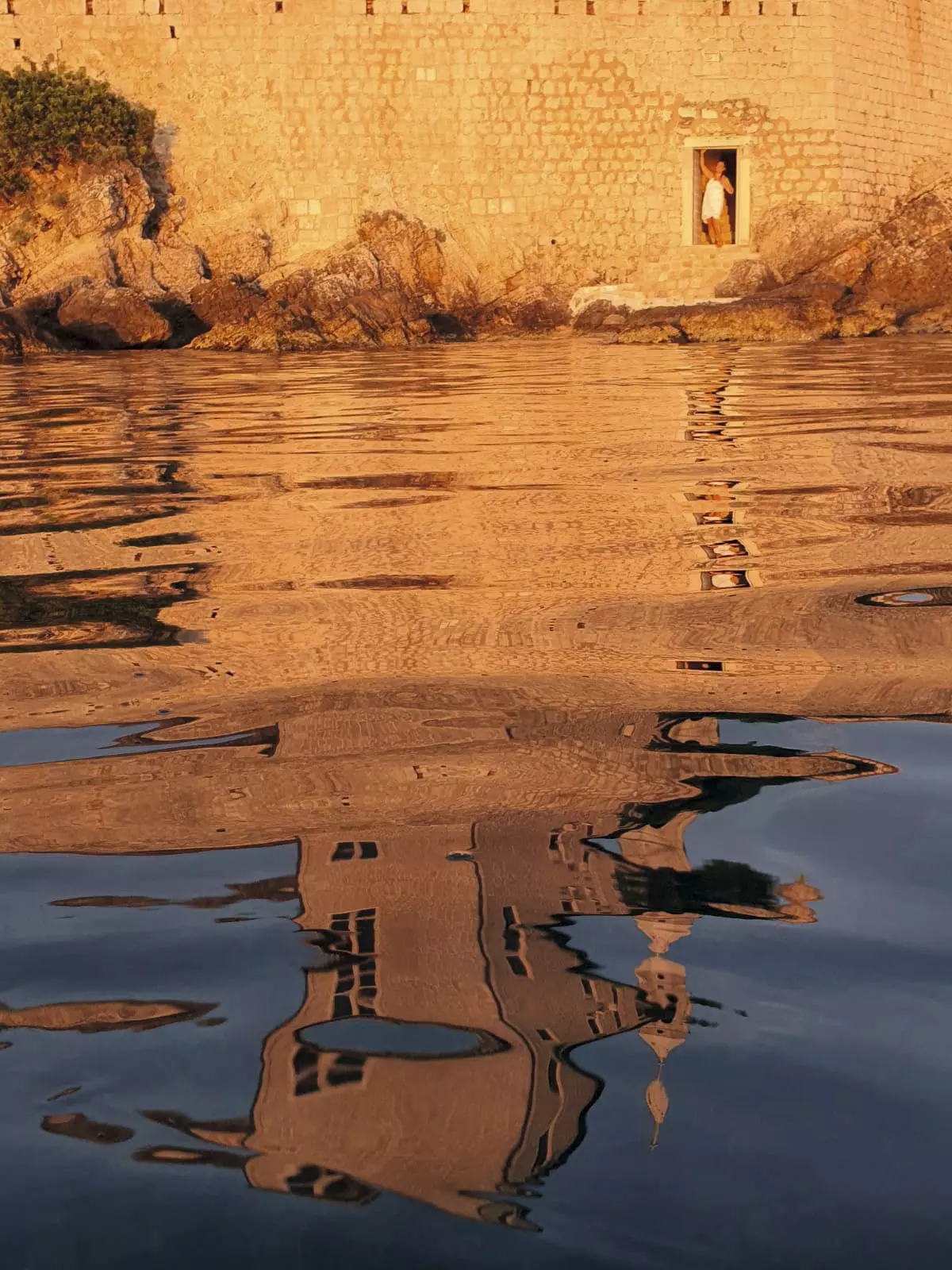
The walls of the monastery (and Francesca Thyssen) reflected in the sea
